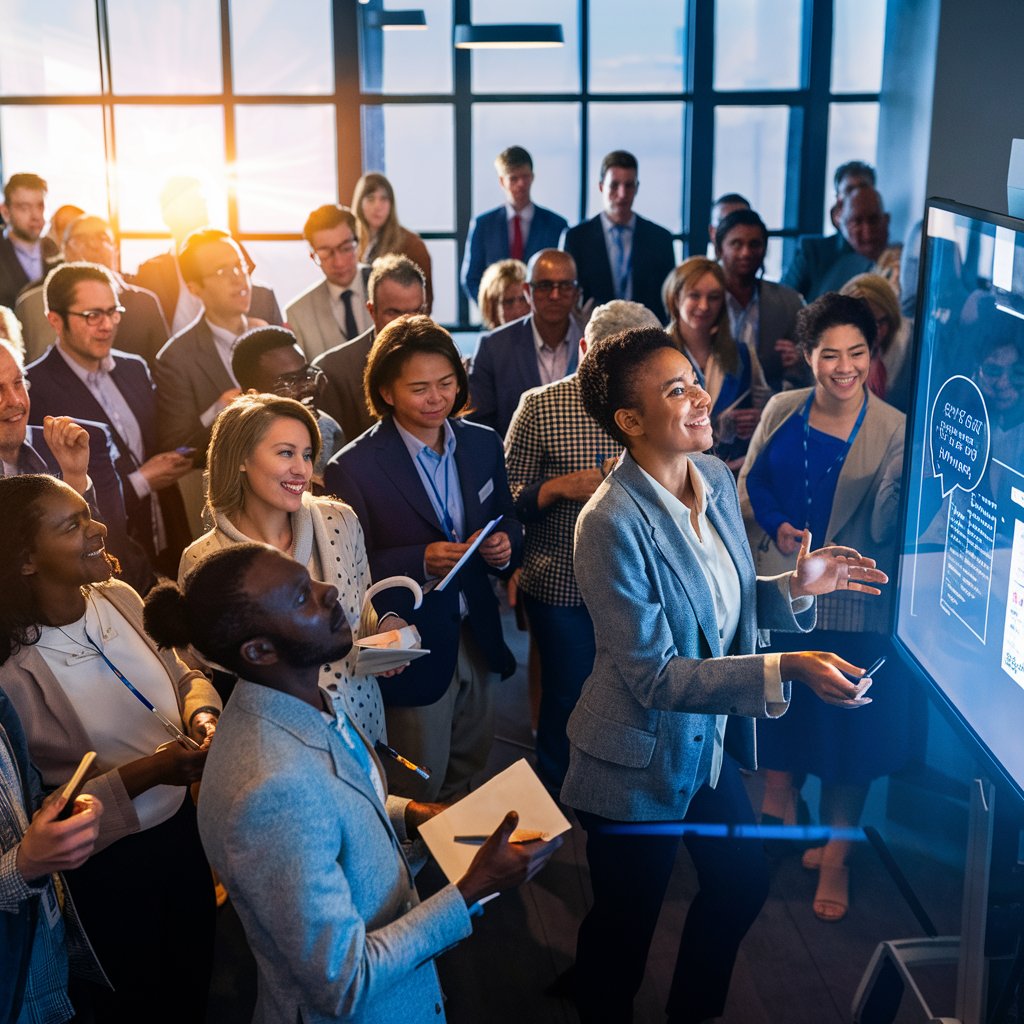Introduction:
In industrial environments, where harsh conditions and demanding applications are the norm, standard monitors and displays simply won’t suffice. Rugged Industrial Monitors are specifically designed to withstand extreme temperatures, vibrations, dust, and moisture, making them ideal for industrial settings. However, choosing the right rugged display solution can be a complex task. In this article, we provide a comprehensive guide to help you navigate the process of buying rugged industrial monitors, ensuring you make an informed decision based on your specific requirements.
Determine Your Application and Environment:
The first step in purchasing a rugged industrial monitor is to identify your specific application and the environmental conditions it will be subjected to. Consider factors such as temperature range, humidity, exposure to dust or liquids, and the presence of vibrations or shocks. Different industrial environments have unique requirements, and selecting a monitor that can withstand these conditions is crucial for long-term reliability.
For example, if your application involves outdoor use or exposure to direct sunlight, a sunlight-readable display with high brightness and anti-glare features would be necessary. On the other hand, if your environment is prone to liquid spills or splashes, look for monitors with IP-rated enclosures for protection against water and dust.
Determine Size and Mounting Options:
Next, consider the size and mounting options that best suit your application. Rugged industrial monitors are available in various sizes, ranging from compact panels to larger displays. Assess the available space and viewing distance to determine the appropriate screen size for optimal visibility and usability.
Additionally, consider the mounting options that align with your requirements. Rugged industrial monitors can be mounted using VESA mounts, rack-mount options, panel-mounting, or open-frame designs. Choose a mounting option that integrates seamlessly with your existing infrastructure and facilitates easy installation and maintenance.
Assess Display Performance and Features:
When evaluating rugged industrial monitors, it’s essential to consider display performance and features that align with your application needs. Here are some key factors to consider:
a) Resolution and Image Quality: Opt for a display with a resolution that meets your visual requirements. Higher resolutions offer sharper images and greater detail. Additionally, consider factors such as colour accuracy, contrast ratio, and viewing angles to ensure optimal image quality and readability.
b) Touchscreen Functionality: If your application requires touch interaction, consider rugged monitors with touchscreen capabilities. Capacitive or resistive touchscreens offer different features and performance characteristics. Determine the level of touch sensitivity, multitouch capabilities, and durability required for your specific application.
c) Connectivity Options: Assess the connectivity options provided by the rugged industrial monitor. Consider the availability of interfaces such as VGA, DVI, HDMI, or DisplayPort for seamless integration with your existing equipment. Additionally, evaluate the availability of USB ports or other peripheral connectivity options for enhanced versatility.
Ruggedness and Environmental Certifications:
The ruggedness of industrial monitors is a crucial factor in ensuring their performance and longevity in challenging environments. Look for displays that adhere to industry standards and certifications, such as NEMA, IP, or MIL-STD, which define protection against environmental conditions like dust, water, temperature, and shock.
For example, IP65 or IP67 ratings indicate protection against dust and water ingress, while MIL-STD certifications ensure resistance to vibration and shock. These certifications provide assurance that the rugged industrial monitor can withstand the demands of your specific industrial environment.
Long-Term Reliability and Support:
Investing in a rugged industrial monitor is a long-term commitment, and ensuring long-term reliability is essential. Evaluate the reputation and track record of the manufacturer or vendor. Consider factors such as warranty coverage, product lifecycle, and availability of technical support or repair services.
A reputable manufacturer with a proven history of delivering reliable and durable products will provide peace of mind and minimise potential downtime in the event of any issues.
Conclusion:
Selecting the right rugged industrial monitor is crucial to ensuring optimal performance, durability, and reliability in industrial environments. By considering factors such as the application, environmental conditions, size, mounting options, display performance, ruggedness, and long-term support, you can make an informed decision that meets your specific requirements.
Investing in a high-quality, rugged industrial monitor will enhance productivity, reduce maintenance costs, and provide a robust display solution that can withstand the rigours of industrial settings. By following this comprehensive guide, you can confidently navigate the buying process and select a rugged industrial monitor that best suits your industrial application needs.




